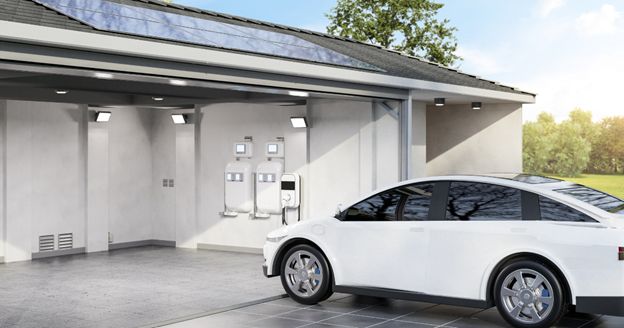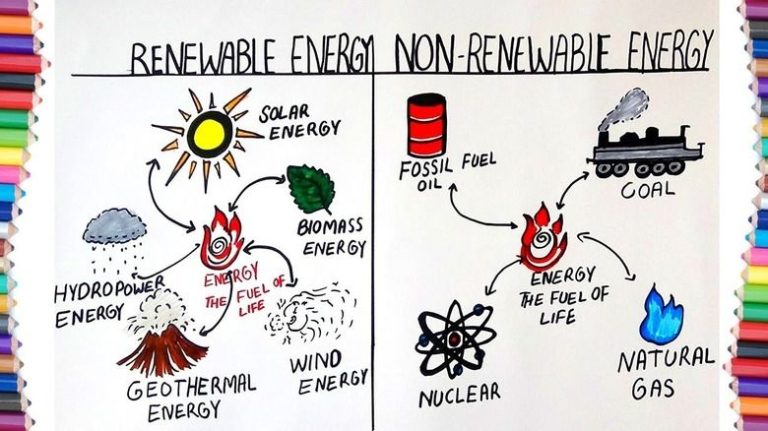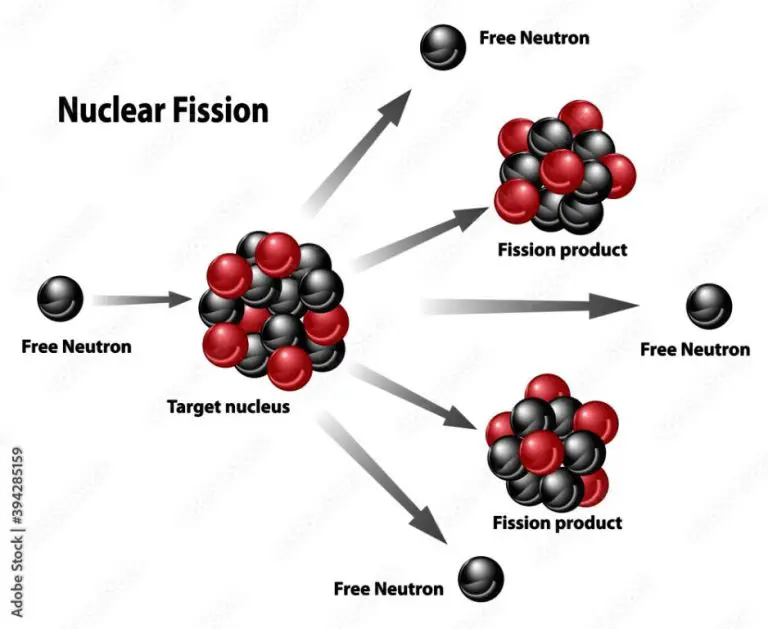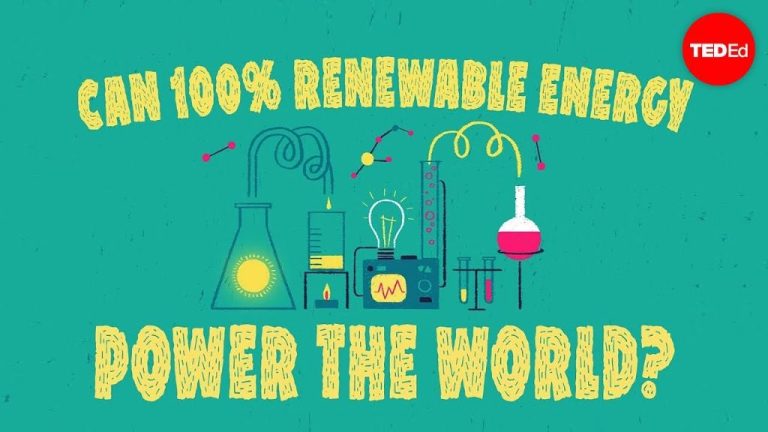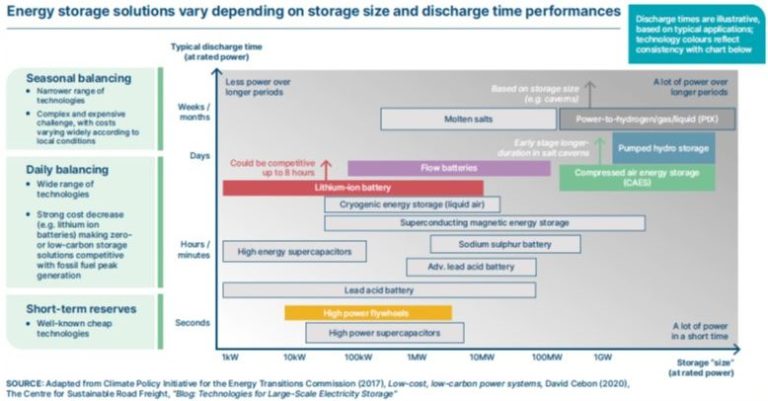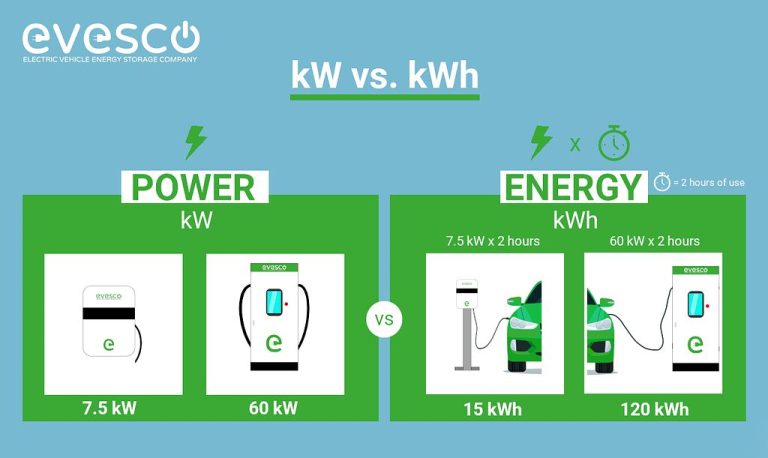Why Is Electricity Non-Renewable?
Electricity is a form of energy that results from the flow of electrons. It is a secondary energy source, meaning we must use other primary sources like coal, natural gas, nuclear, wind or solar power to generate it. Electricity is essential to power homes, businesses, and industries in the modern world.
Renewability refers to whether a resource can be naturally replenished. Renewable energy comes from sources that regenerate over short periods of time like wind, sunlight, water, plants, and geothermal heat. Non-renewable energy comes from finite sources that do not replenish in a human timescale like coal, oil, natural gas, and uranium.
Most of the world’s electricity is generated from non-renewable sources. Understanding why electricity is largely non-renewable involves examining how it is produced, stored, transmitted, and consumed.
Electricity Generation
Electricity is generated from a variety of energy sources, both renewable and non-renewable. The most common sources for electricity generation are:
- Fossil fuels like coal, natural gas, and oil. Electricity is generated by burning these fuels to heat water into steam that spins turbines connected to generators.
- Nuclear power from uranium fuels used in nuclear fission reactions that create heat to convert water into steam to spin turbines.
- Hydropower from dams that use flowing water to spin turbines connected to generators.
- Wind power from wind turbines that are spun by kinetic energy from the wind, rotating generators.
- Solar power from photovoltaic cells that convert sunlight directly into electricity.
The mix of energy sources used for electricity generation varies greatly by region and country. Fossil fuels like coal and natural gas are still the dominant sources globally, providing around 60% of all electricity. Renewable energy sources like hydropower, wind and solar are growing rapidly but still account for around 26% of global generation.
Fossil Fuels
The majority of the world’s electricity is generated from non-renewable fossil fuel sources like coal, natural gas, and petroleum. Fossil fuel power plants burn these fuels to heat water and produce steam that spins large turbines to generate electricity. Coal and natural gas power plants provide around two-thirds of the electricity generated in the U.S. and globally. While these plants can generate electricity reliably, burning fossil fuels releases air pollutants and greenhouse gases that contribute to health problems, climate change, and environmental harm.
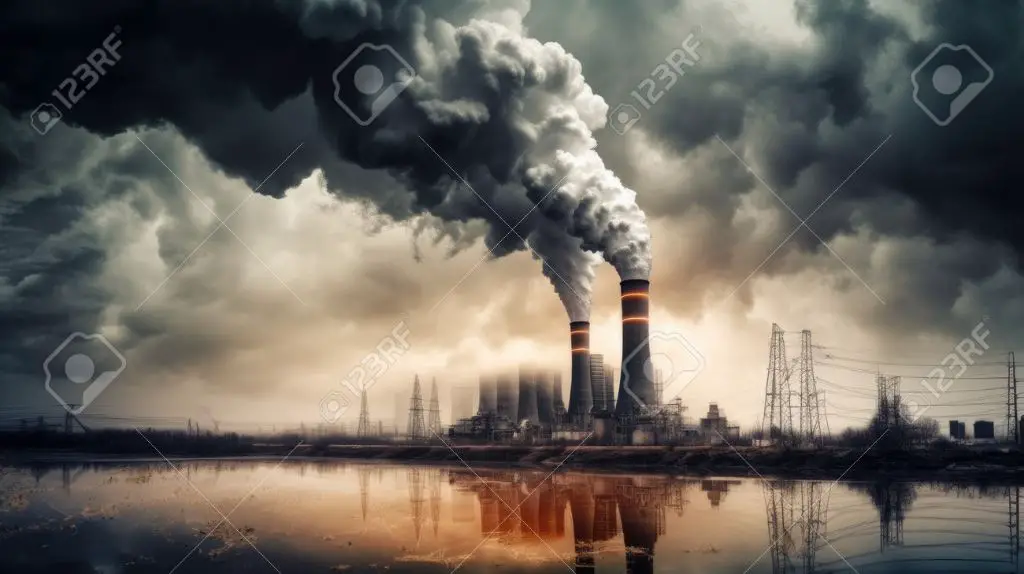
Fossil fuels are considered non-renewable because they take millions of years to form, and reserves are being depleted faster than new ones are created. The supply of economically recoverable fossil fuels is finite and will eventually be exhausted if consumption continues at the current rate. Even though estimates vary on exactly when fossil fuel reserves may run out, they are clearly limited resources that cannot replenish themselves on a human timescale.
The non-renewable nature of fossil fuels makes electricity generation from sources like coal and natural gas unsustainable in the long run. As global fossil fuel supplies dwindle, prices will rise and access will become more competitive. There will likely be increasing economic, political and environmental pressures to transition from fossil fuels to renewable energy sources that do not face the same depletion constraints.
Nuclear
Nuclear power plants provide steady, reliable electricity generation that acts as a baseload for the grid. Nuclear reactions generate heat that is used to boil water, produce steam, and spin turbines to generate electricity. Unlike fossil fuel plants, nuclear reactors do not directly emit greenhouse gases or air pollutants.
However, nuclear fuel like uranium is a finite resource that must be mined. Uranium supplies are projected to last for decades but will eventually be depleted if consumption grows substantially. While spent nuclear fuel can be reprocessed to some degree, current reactors utilize the uranium-235 isotope which makes up just 0.7% of natural uranium. Nuclear is considered a non-renewable electricity source because uranium reserves are finite and constantly declining, even if improvements in reprocessing may somewhat extend supplies.
Hydro Power
Hydro power makes use of flowing water to generate electricity. This is commonly done by damming a river and using the water’s potential energy from the resulting height difference to turn turbines and generate power. Hydro power is considered a renewable source since it relies on the water cycle replenishing the water supply.
However, hydro power is limited in scope and capacity. Suitable dam locations depend on the geography and amount of rainfall in a region. Many prime hydro power sites around the world have already been utilized. Further dam construction can also have ecological impacts on rivers and aquatic ecosystems. Once a site is tapped, the maximum energy output is relatively fixed and cannot be expanded over time. Overall, hydro power contributes about 16% of global electricity generation, but cannot scale further in many countries due to geographic constraints.
Wind and Solar
Renewable energy sources like wind and solar have become more prevalent in recent years. However, they come with some unique challenges compared to traditional energy sources. The main issue is intermittency – the availability of wind and sunlight varies based on the weather and time of day.
Wind power relies on the wind blowing to spin large turbines. But wind speeds can fluctuate from hour to hour, day to day. Solar panels need sunny skies to effectively generate electricity. Cloudy days and nights drastically reduce solar output. This intermittency makes wind and solar more difficult to integrate into the electrical grid compared to always-on sources like fossil fuels.
There are ways to work around the intermittency issue. Grid operators can forecast weather and anticipated renewable generation. Excess renewable energy can also be stored in batteries to smooth out supply. But the variability remains an obstacle. Relying completely on renewables would require overbuilding capacity and major grid upgrades to handle fluctuations.
So while wind and solar will play a growing role, their intermittent output makes them impractical as a complete substitute for steady electricity sources like fossil fuels or nuclear power. Ongoing innovation and infrastructure improvements can help overcome the challenges. But the weather-dependent nature of wind and solar poses inherent limitations.
Energy Storage
One of the main challenges with renewable energy sources like wind and solar is that they are intermittent – they only generate electricity when the wind is blowing or the sun is shining. This intermittency means that energy storage is needed to smooth out the delivery of renewable power and better match it with demand.
Batteries are one way to provide large-scale energy storage. Grid-scale batteries can store excess renewable electricity when supply exceeds demand and then discharge it when needed. However, batteries are still limited in scale due to their high costs. Pumped hydro storage is another large-scale storage option that works by pumping water uphill into a reservoir when electricity supply exceeds demand and then releasing it through turbines to generate electricity when needed. However, geographic constraints limit opportunities for pumped hydro.
Other emerging storage technologies like compressed air storage, flywheels, and hydrogen electrolysis have potential but are not yet economically viable at scale. Overall, energy storage remains a key challenge for transitioning to higher levels of renewable electricity on power grids.
Transmission
There are inherent challenges to transmitting renewable electricity over long distances for consumption. Solar and wind plants are often located far from cities and towns where the electricity is needed. Transmitting the electricity from these remote plants to population centers requires building new, costly transmission lines. The longer the transmission distance, the more electricity is lost in transit. The intermittent nature of renewables also strains the transmission system when output suddenly rises or falls. Upgrading transmission networks to handle renewables would require massive investments. Due to these difficulties and costs, our current transmission infrastructure favors centralized fossil fuel and nuclear plants over decentralized renewables.
Consumption
Global electricity consumption has increased rapidly in recent decades. As populations grow and developing nations industrialize, demand for electricity shows no signs of slowing down. The International Energy Agency (IEA) projects global electricity demand to rise by over 25% in the next two decades.
This growing appetite for electricity poses a major challenge for renewable energy sources. While solar and wind generation capacity is expanding, it still only accounted for about 10% of total electricity supply in 2018. Even with continued growth, most projections do not foresee renewables overtaking fossil fuels in the near future.
The intermittent nature of renewables also makes it difficult to scale them up to meet baseload demand. When the sun isn’t shining or wind isn’t blowing, backup power from dispatchable sources like coal, natural gas or nuclear is needed to ensure electricity reliability.
Batteries and other storage technologies may help overcome this hurdle. But we are still far from having storage capacity sufficient to sustain an electricity grid powered entirely by renewables. Until major storage advances are made, rising electricity demand globally will continue to rely heavily on non-renewable sources.
Conclusion
In summary, electricity is largely non-renewable currently because most of it is generated by burning fossil fuels like coal, natural gas, and oil. While renewable sources like solar, wind, hydro, and geothermal are growing, they still make up a relatively small percentage of overall electricity generation globally. Fossil fuels remain the dominant source due to their relative low cost, established infrastructure, and reliability. However, they are non-renewable and release greenhouse gases that contribute to climate change. There is a major push underway to transition electricity production to renewable sources, but this will take significant time and investment in new technologies and infrastructure. Electricity storage and transmission also remain challenges for renewables. Overall, our heavily fossil fuel-based electricity system is still fundamentally non-renewable, but a shift towards more renewables is important for sustainability and reducing environmental impacts.

